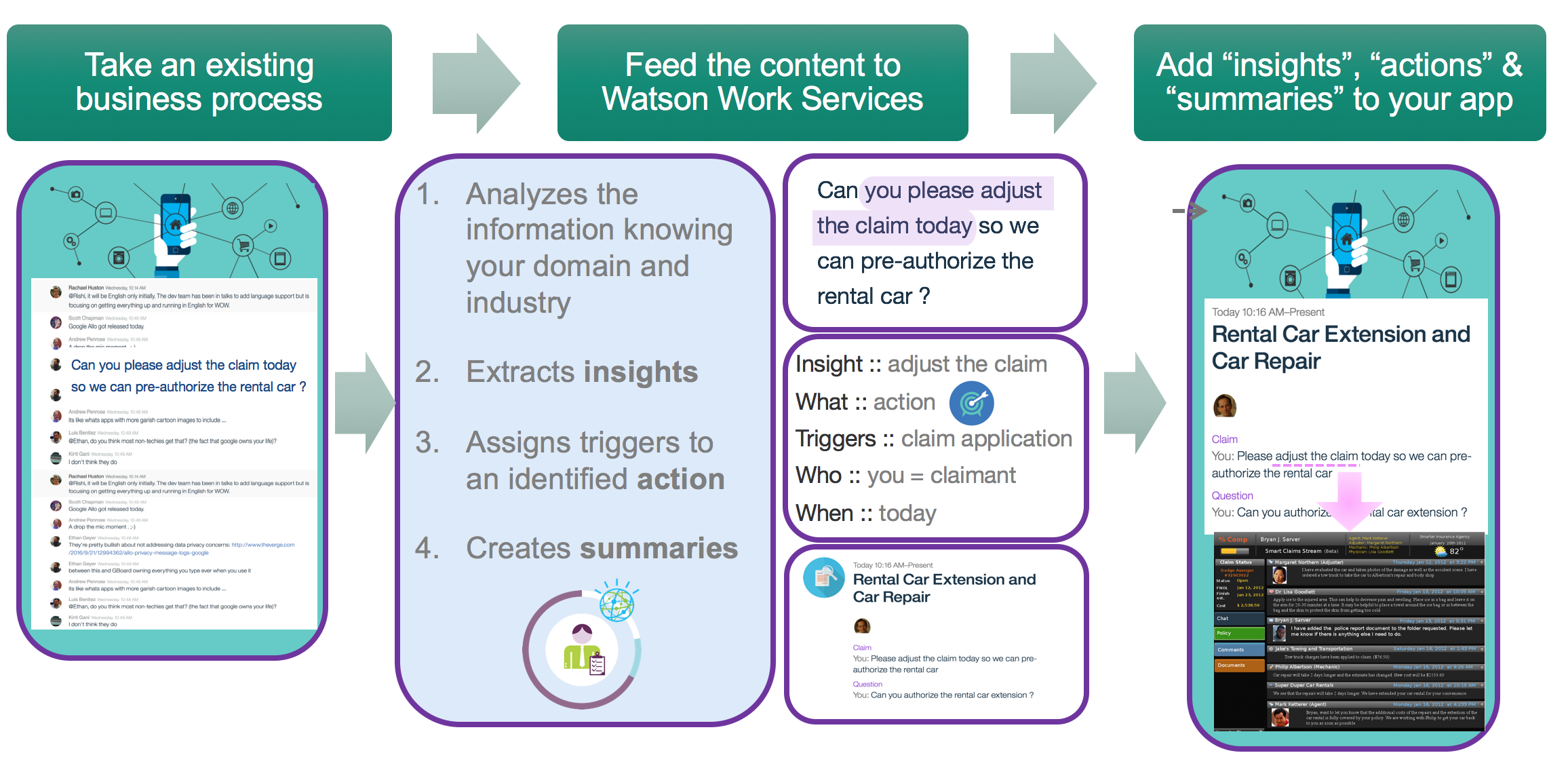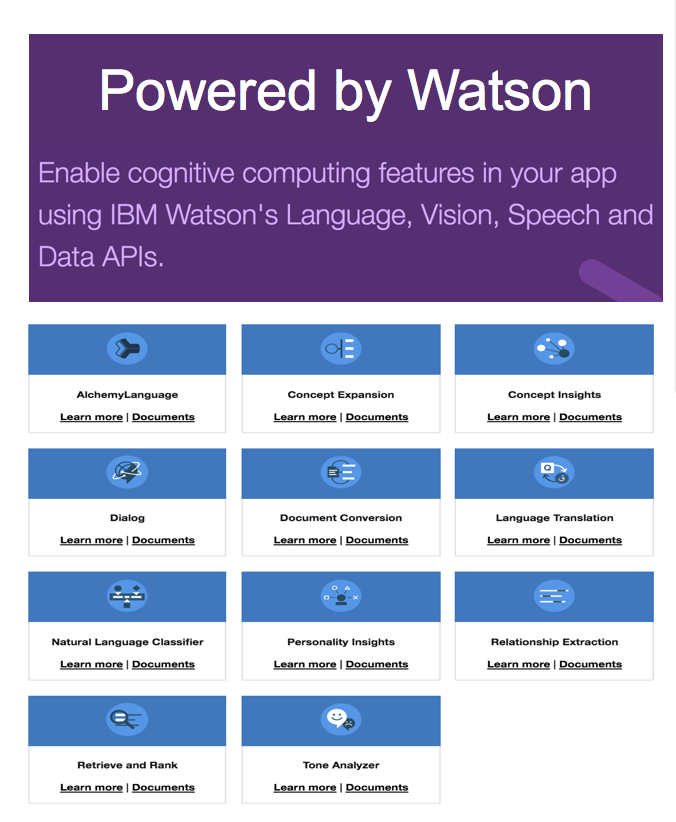The post is purely my opinion. It comes from love for my ICS community and excitement about what the future offers. Your opinion may differ 🙂
InterConnect isn’t quite over, there’s still tomorrow but I feel confident I can write this blog now and I want to share it whilst the ideas are still bouncing around my head. At least some of the ideas. I don’t want to write pages here and I could.
A bit of background. I went to Orlando as part of the ICS (IBM Collaboration Solution) conference for over 20 years and this year I went to Connect in San Francisco. Then 4 weeks later three of us flew from London to Las Vegas to attend Interconnect.
I didn’t expect InterConnect to be anything like Connect. Looking at the website and sessions it was clear this was on a very different scale. The number I heard was 20k people at InterConnect which was held at the Mandalay Bay convention centre. Much as I enjoy Connect I remember the Lotuspheres of the mid 90s when the numbers of people were overwhelming, when there were more sessions to see than I could possibly fit in, when I would wander the showfloor for an entire afternoon just absorbing what was happening in the industry. If I’m honest that feeling of excitement, or leaving the conference with my head bursting with things to learn had been missing the past few years.
I will say I left Connect this year more excited by the technology than I have been in years but it didn’t have the energy - the feeling of rushing along at the head of technological innovation and change that I remember from its heyday. I have missed that.
What did I want from InterConnect ?
I wanted to be inspired. And maybe a bit overwhelmed. I wanted my brain to spark with ideas.
I got all of that.
The first thing to realise is that sessions at InterConnect almost exclusively do not teach you how to do things, no how to write code or how to install or maintain things. The sessions (IMO) are more intended to show you what can be done, what’s happening with different divisions of IBM and technologies. Oh, and no-one knows who ICS is or cares about email or Domino or Collaboration. I didn’t see , speak or hear about any of the ICS products all week. So this isn’t about “our” technology directly and that’s fine - I know about that and there are many many great user groups every year I can attend for free that have sessions telling me “how’. I will leave InterConnect having learnt about technologies and parts of IBM I had no idea existed and with a plan to go learn more.
None of those things move me away from ICS in fact I couldn’t help thinking how well our ICS community would understand and be able to bring value to these technologies. I would see sessions on NoSQL and wish Mark Myers were there or on Blockchain and security and wish Andrew Pollack was there so I’d have someone to talk to about it, on data analysis and even storage. I attended 6 sessions on Monday alone and not once, not once, was I bored. I could sit here right now and write abstracts for friends I know are amazing presenters on technologies that not only belong at InterConnect/WOW but that our community has a unique perspective on. A best practices track at InterConnect is missing and we would rock that.
There’s also the issue of perspective. The ICS community in my opinion has closed in on itself in many ways, has become insular and narrow focused but being at InterConnect you can’t help see how small that world is compared to the rest of IBM. It’s just waiting for us to arrive and bring our skills, expertise and understanding of customers and collaboration. If you have left ICS to go work with other technologies in the past 5 years, those technologies are there at InterConnect/WOW and you don’t have to choose, you can combine existing knowledge with new knowledge in a way that I think is unique to those coming from a collaborative software background.
So where to now? Well I can tell you that I’ll be at the next InterConnect (possibly World of Watson) and from discussions I had and heard this week, it’s unlikely Connect will be repeated as a standalone conference. The general consensus is that Connect will be “rolled” into a large IBM Vegas based conference but possibly as a standalone pocket conference at its own hotel and with its own agenda just running alongside and with access to the larger conference.
I hate that idea.
HATE it 🙂
If it’s not clear from this long blog, I got so much out of InterConnect which gave me a chance to learn and hear about new things. I spent 4 hrs wandering the Concourse (show floor) talking to vendors, getting demos and visiting labs. So what would happen if ICS and all the ICS sessions were at say Caesers with InterConnect or WOW and only the keynotes at the Mandalay.
I’d never go to the Mandalay. I’d miss all the InterConnect sessions. And so would you.
If you have never been to Vegas it’s hard to understand scale but I averaged 7.5 miles walking a day just from my room at the Mandalay and around the conference centre. It was only 4 mins from my room to the main reception but the size is Dolphin + Swan. Getting from Caesers to the front door of the Mandalay is at least 1.5miles. You could walk it or get in the queue for a taxi - either way you aren’t doing it to go to one session. Especially if all your friends are hanging out in the lobby or a bar at Caesers.
I think my ICS friends integrating into the existing InterConnect or WOW conference at the same location as everyone else could not only reinvigorate the community but save it.
Don’t let IBM isolate ICS, let’s have a best practices “how to” track in Vegas at the Mandalay Bay and bring your skills, smarts and enthusiasm to a wider audience.

